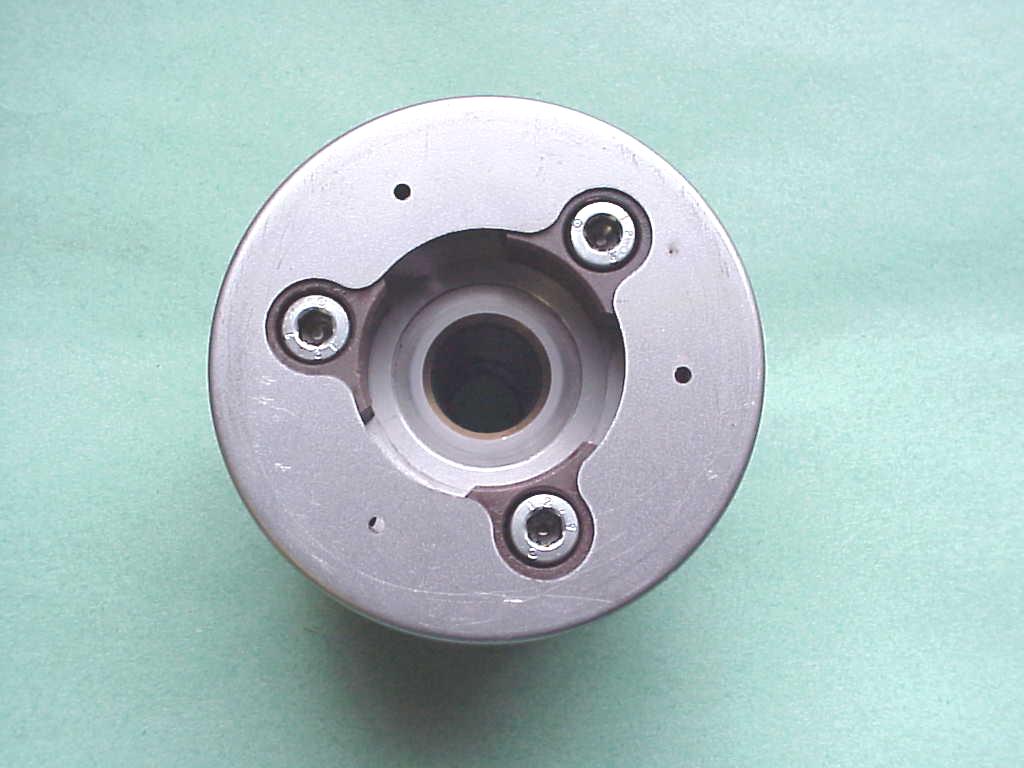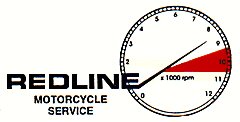
|
The most common cause of
a Kaw starter clutch slipping, and the first thing
to check, are the 3 allen bolts that secure the starter clutch
body to the back of the generator rotor.....
Shown here is an early (1973 thru 1978) setup, but
it's the same deal with the 1979 and 1980 models.....
Over time, these bolts can loosen up, and the mechanism
will slowly lose its grip on the starter gear when cranking the starter......
High-performance modifications, and abuse amplify
and accelerate this condition.......
Whether loose or tight, the bolts should be removed,
the threads inspected......the threads cleaned, and blue Loctite applied when re-tightening.
Often, this step alone will solve a slipping starter
clutch. But, if it's been that way for a while, the allen bolts. the rotor,
the rollers, the starter clutch body, and the starter gear may have already
been damaged.....
|
